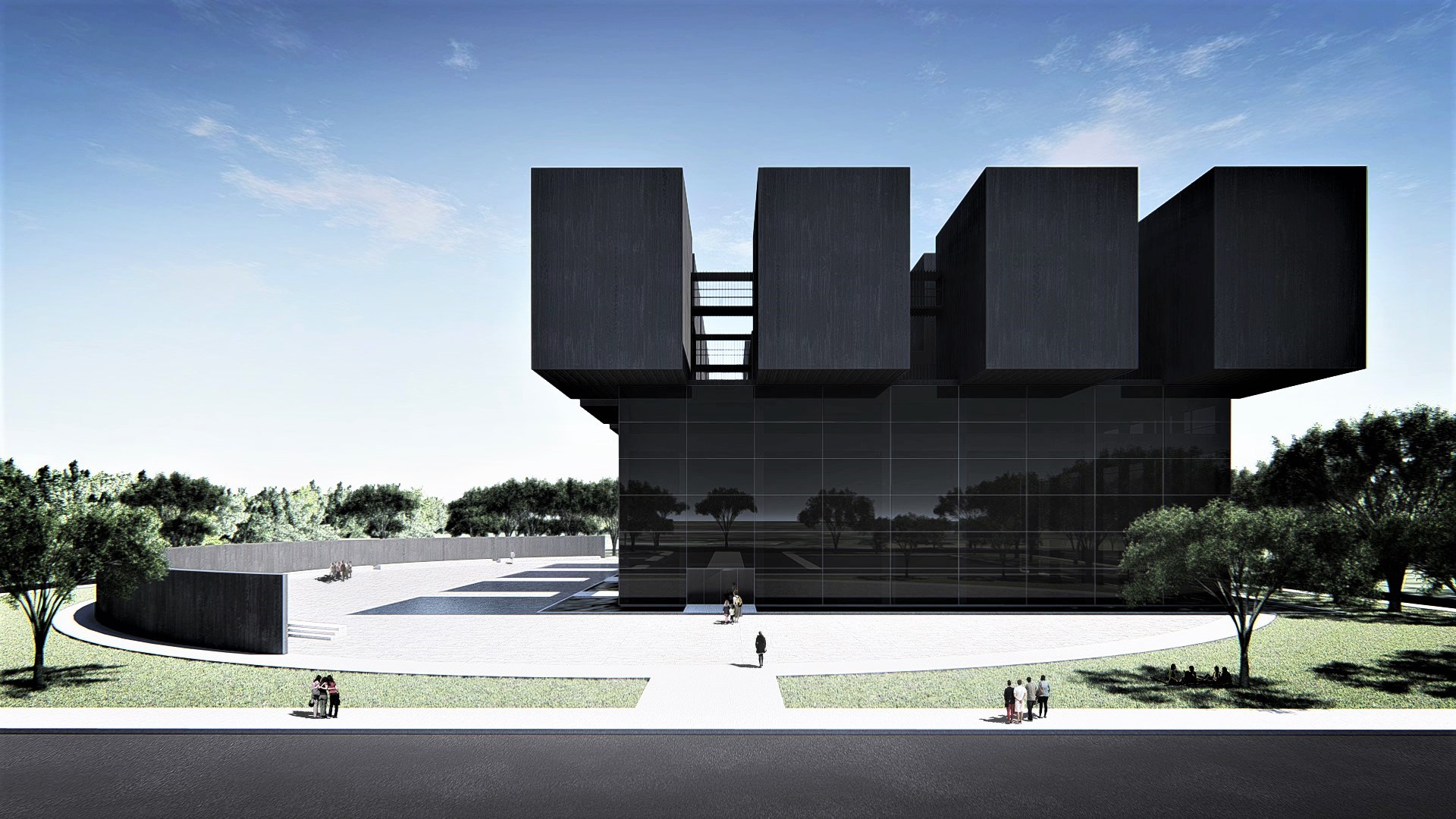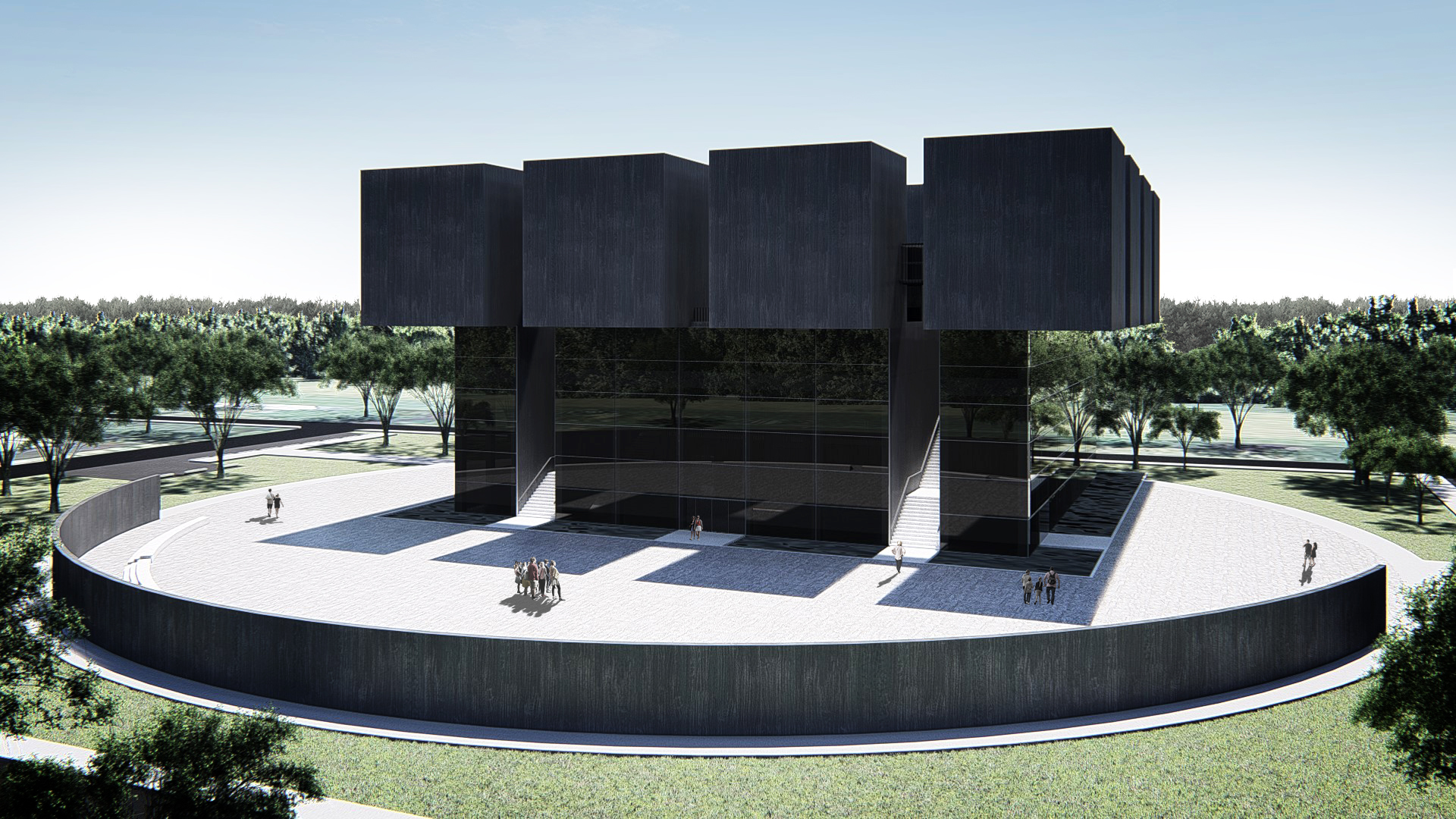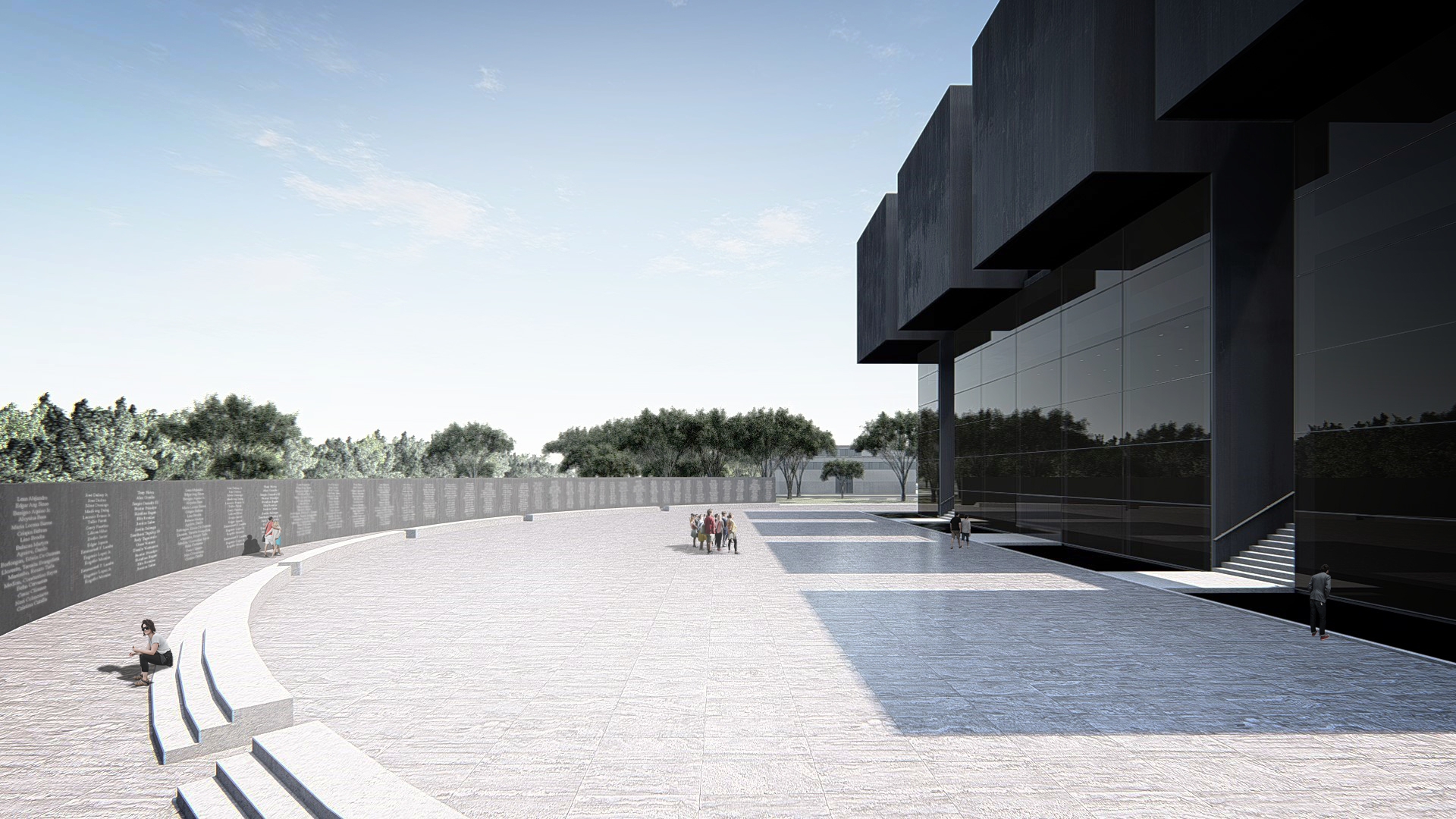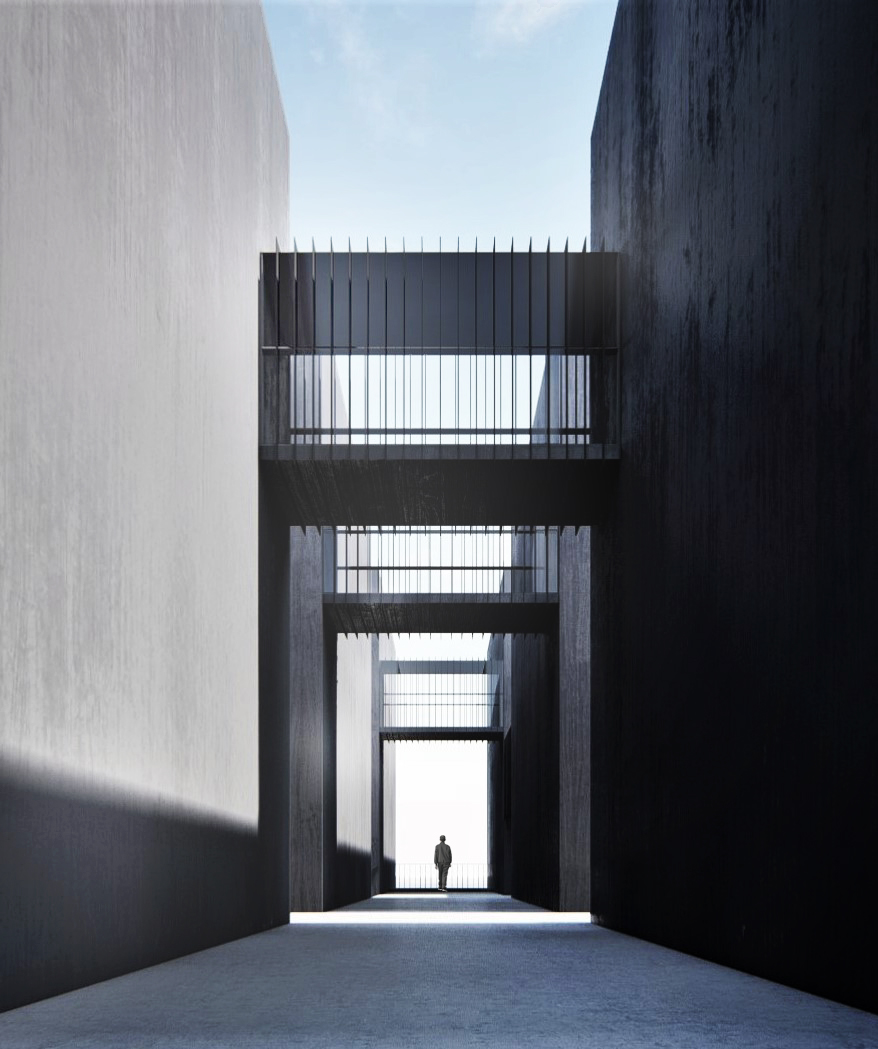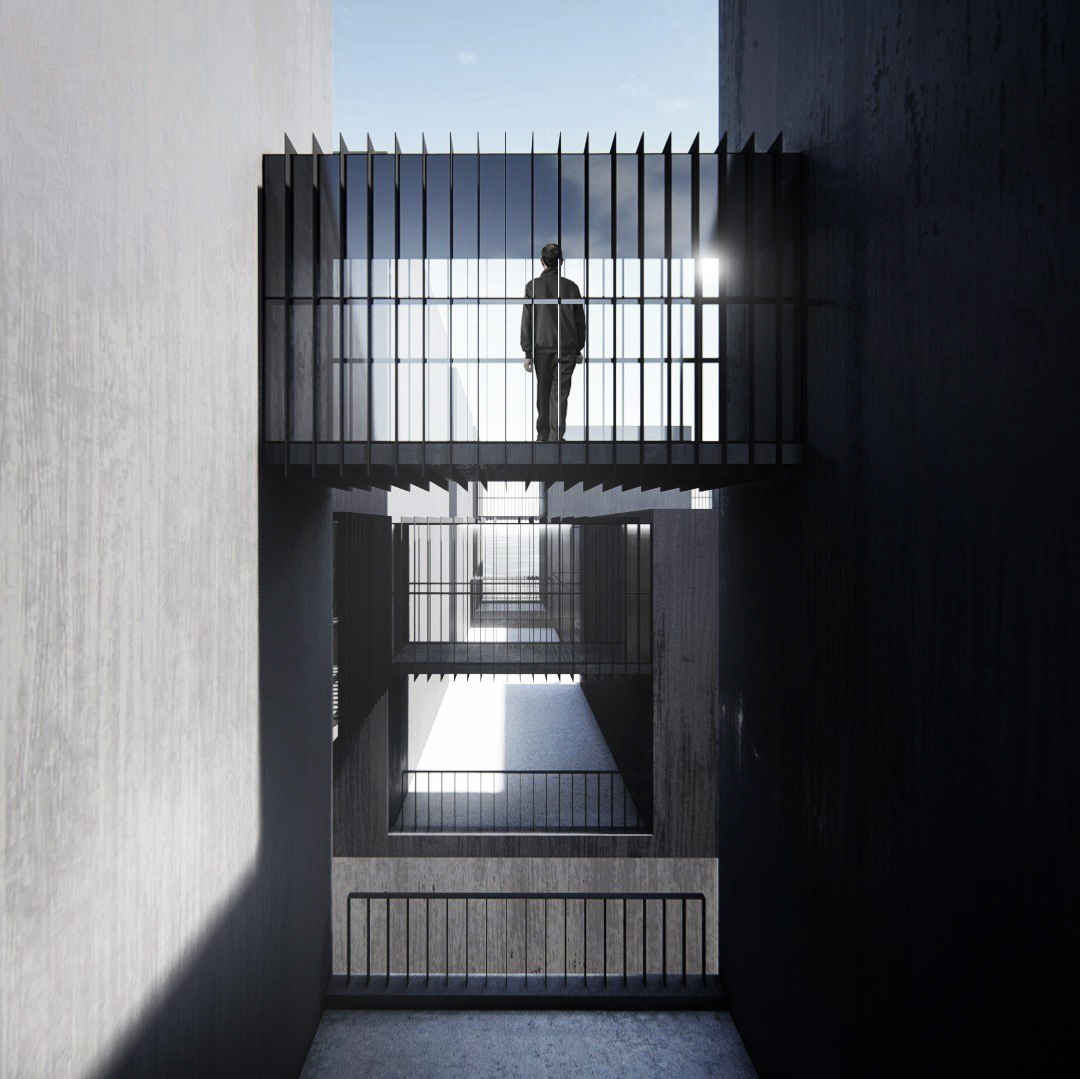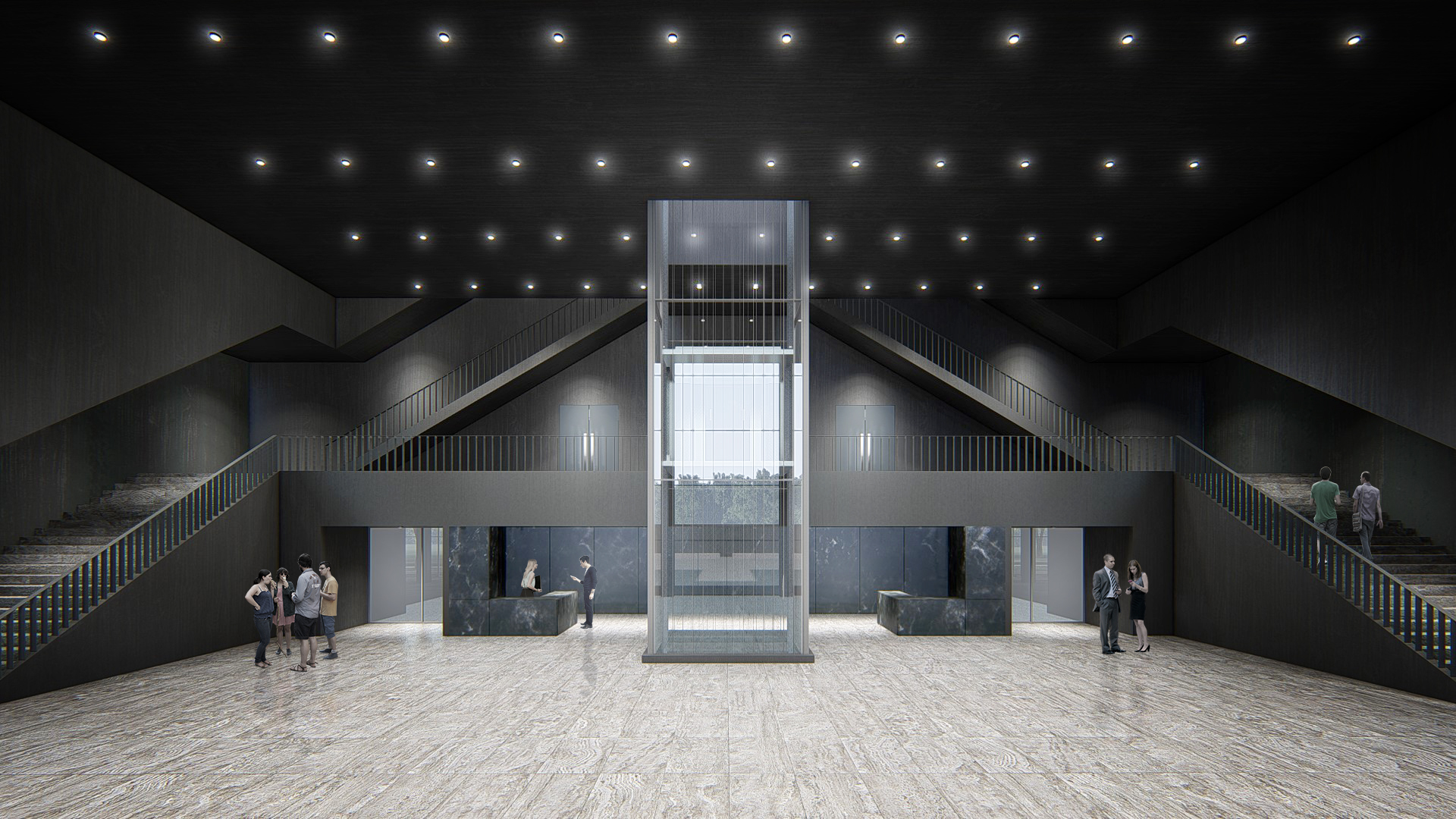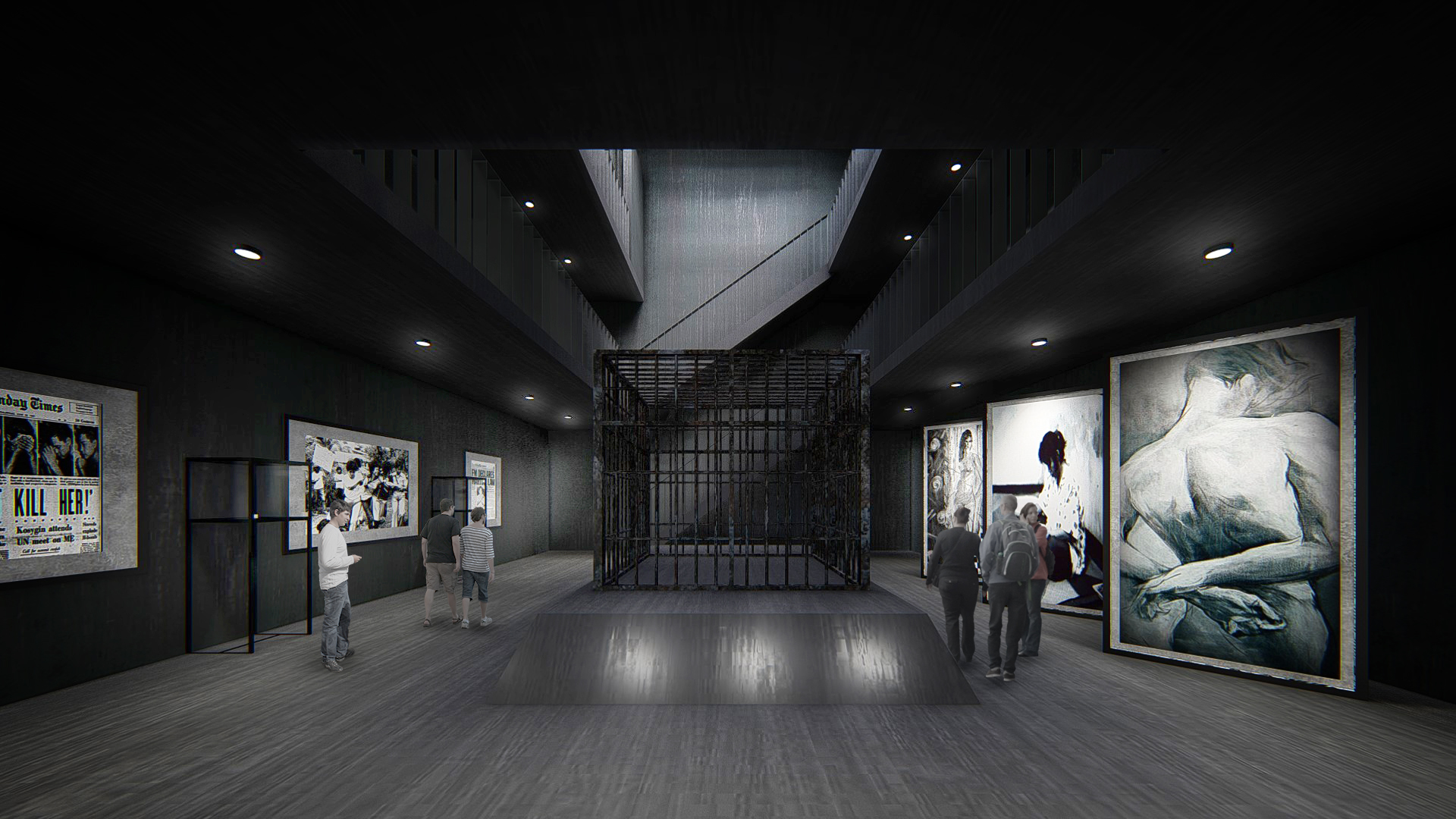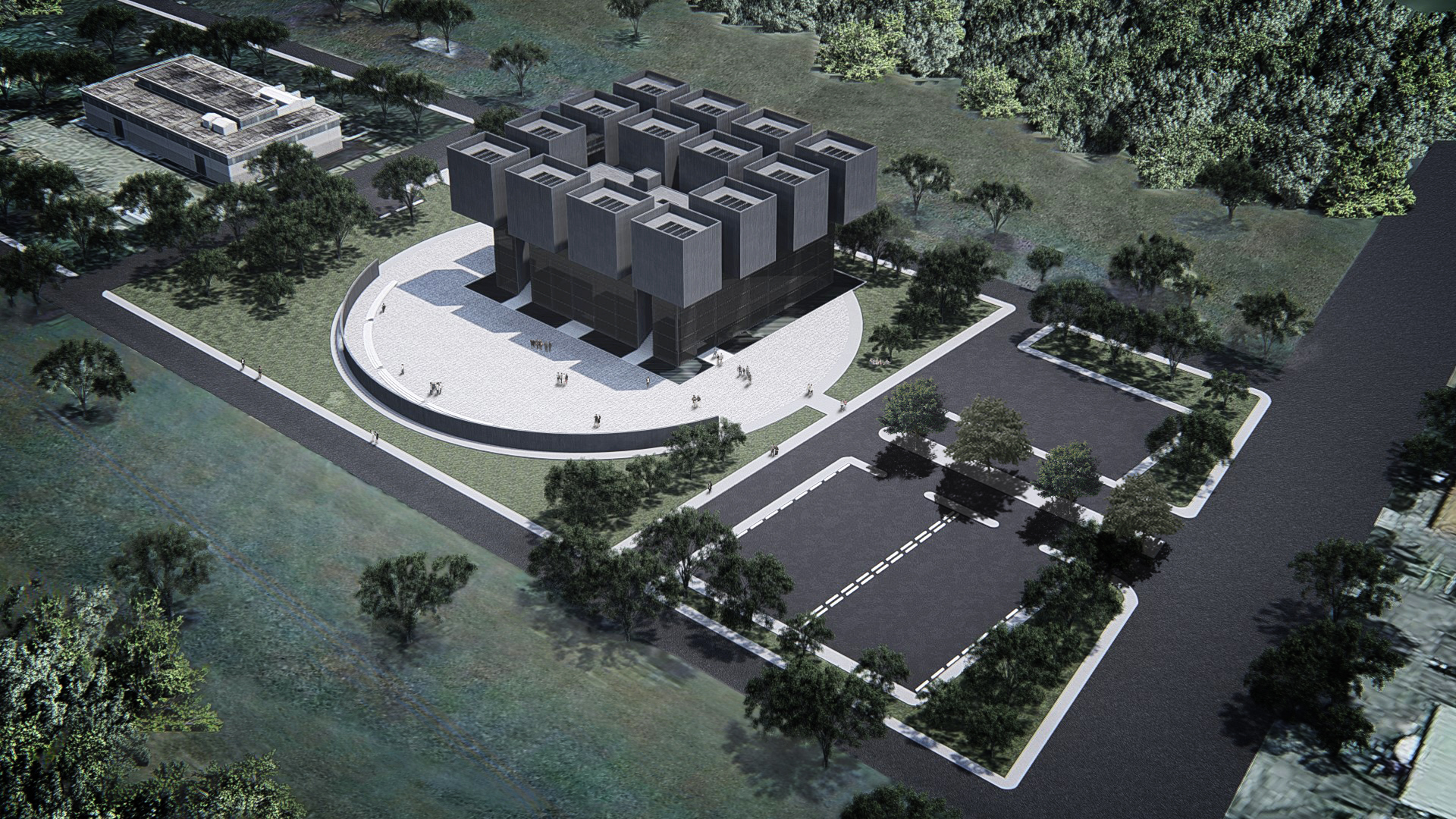Freedom Memorial Museum
What can architecture bring to creating cultural symbols to enlighten even dark times in history? A new museum for the freedom and justice of human rights victims from the Martial Law period is a challenge to define an inspiring and iconic edifice as a symbol of solidarity and reconciliation, and even more importantly, one to educate and remember the past. To have an icon denotes representation, and in representation is remembrance of what that icon represents. To remember and never forget the abuses incurred to the individuals that endured the torment of the Martial Law Period should be the next generation's duty and act of respect to those who suffered and gave their lives for our freedom. To achieve this goal, the architecture is a commentary on this historical period.
The term 'edifice complex' was coined back in the 70's to describe the Marcos' administration's focus on building grand construction monuments to imply progress in an otherwise failing economy through foreign funded loans. Ultimately, this was one of the major contributing factors to the social unrest that eventually made President Ferdinand Marcos declare Martial Law. Of these projects, the most enduring of these were the structures of the Cultural Center of the Philippines, none more than the now ubiquitious National Theater or the Tanghalang Pambansa. To provide a historical and political commentary on the Martial Law Period, an icon could be transformed to create an architecture of meaning, one that is a reflection of the dark times of the human rights abuses. The Tanghalang Pambansa was a perfect propaganda machine of its time, it has become an archetype of Filipino architecture even up to today. But it is often forgotten that the means of creating this public masterpiece holds a dark side to its birth. Thus, the architectural form of the new Freedom Memorial Musuem resembles a metaphorical shadow of the icon with a dark side; a blackened and broken Tanghalang Pambansa. The choice for an existing architectural masterpiece as an inspiration is a reference to the fact the darkest period in Philippine history is a period of smoke and mirrors. The irony is that arguably the greatest piece of Filipino public architecture came at the expense of the Filipino citizens. The edifices that the Marcos' commissioned should be reinterpreted as a reminder to never forget history and to pierce the veil of misinformation.
The Freedom Memorial Museum is a monumental symbol to those who gave their lives in the name of freedom, envisioned as a metaphorical shadow of those that suffered human rights abuses.The museum experience aims not only as a symbolic representation of human rights abuses, but as an experiential vessel for visitors to experience what it’s like to be the victim of those violations. The key to the simulation of these experiences is the design of galleries that mimic the qualities of the safehouses used during the period, with high walls and dark, harrowing interiors. This museum flow is a curated direction from start to finish.
Envisioned as an experiential museum that takes reference to the various human rights violations incurred, the museum is a space for visitors to experience, learn and remember the sacrifices of those victims, in honor of their contribution to our freedoms today. The material choice for the structure is black colored concrete that is achieved from joining dark pigments during the mixing of concrete. It encompasses the majority of the structure from interior to exterior as raw but monumental aesthetic with its imposing weight and color.
LOCATION: QUEZON CITY
PROJECT DATE: 2019
PROJECT AREA: 4000 SQM
STATUS: COMPETITION


